I’ve always liked this unfinished portrait by Gilbert Stuart. I love the raw glimpse into the artist’s work. My portraits all have a bit of unfinished-ness to them, influenced by pieces like this. I love it when other artists do this as well.
But when is a painting finished? How do you know?
Every so often a passionate student will ask desperately, “How do you know when to stop?” As stupid as it sounds, it is a pertinent and revealing question. I always treat this question with the respect it deserves.
There are no formulas to help you know when to put down the brush or the stylus. There are no vitamins you can take, or incantations you can express, or psychics you can consult that will answer this for you. This post will not answer it for you either. There’s only one strong answer to this question.
You have to learn how.
As with everything creative, it’s a process you go through.
Practice stopping.
The simple answer is practice. It’s kind of a chicken-or-egg quest, but you have to end a painting, thinking it’s done, and realize later that it needed more effort, more work. Then, either go back to it, or start fresh. But you must go through the process of learning to stop.
Assume it’s finished.
One way to recognize it is to assume you’ll know when. Just decide. Stake your claim. Pronounce it finished!
Then study it. As you get some distance from that piece, and by that I mean doing more pieces you proclaim as finished, you’ll be able to study the earlier ones and know if they’re finished or not.
Look, not all paintings are finished because they are framed or hanging on a wall. Nothing you paint is ever really finished until you are.
As in dead. Or at least, through with it…for now anyway.
Ignore clever sayings.
I’ve heard quite a few instructors leave sincere students with a silly answer like, “you’ll know it when you can’t put any more pigment on the surface.” Or “you’ll know it when there’s nothing more you can do to it.” These are flippant comments and signal that the instructor has lost patience and interest. Too bad, as they do a disservice to a genuinely concerned artist.
One of the strongest answers still holds up: ‘paintings are never finished but merely abandoned.’
The key is learning when to abandon it. (review item #1)
Does it fit the thumbnail demands?
This is why the thumbnail, the initial plan for a picture, is so important. It is a guidepost, a bearing, a GPS to know when and how far you’ve come. When your piece starts to match that plan, you’re closing in.
Does it fit the picture in your mind?
Likewise, the thumbnail mimics the picture you dreamed up in your head. You worked that image out of your skull and onto a two dimensional surface so you could communicate it visually. It took visualization and then transcription and then transfer to get that image to read to a viewer.
This is no easy task. Staying on track takes much focus, you genius. Or are you just interested in dazzling folks for attention? Heaven knows there’re way too many of those guys around.
Leaving out information.
At first, ‘finished’ will come too soon. One way to know it’s not finished is when there’s not enough info to tell the full story. But you don’t have to paint detail like Andrew Wyeth to get your point across. That was how he liked to paint. How do you like to paint?
You are a visual communicator. No matter what you are doing, even in abstract passages, you are communicating. If the story isn’t there, even the enigmatic questions, then you’re not finished.
Putting in too much information.
You step away to have a look and have found that you’re trying to tell everything there is to tell about the rocks, the grass, the mountains, the dirt. Holy cow, you even want to tell the story of every little dragon scale.
Or so you have attempted. But in looking it over, you find you’ve lost focus by telling far too much, or at least, wanting to. This is no time to stop. You gotta back off and give the piece some breathing room. There’s much to be learned by then going back in to simplify areas.
Learning to finish, see? It’s about give and take. Failure and success. Back and forth, back and forth.
I think you’re getting it now….
Practice other artists’ endings.
Try painting like other artists you like. Finish like they finished. (for training, mind you.) You’ll learn very quickly what it takes to finish like a pro. You’ll find it takes a lot longer than you think.
Paintings are deceptive creatures, much like musicians that make things look easy. Guitar players spend a long dang time plucking slowly before they play like devils. Why should painting be any different?
Never allow it to be just adequate.
Never. Always make the best effort you can at the time. Even then, push farther. Make every part sing. Make every passage just the right amount of good. Always 100% effort. If you can’t maintain the energy, then take a break and come back to it later. Otherwise, it really will be abandoned.
Take the Oath: “I, (state your name) do hereby promise to never ever merely paint with my hand. I will, for the good of All Mankind, push myself to the absolute limit of my being to apply 100% effort to the creation I do so manifest. Hereto and forthwith, etc, etc, etc.”
Force a deadline.
When in doubt, force a deadline on yourself. I’m not kidding. Force yourself to finish by a certain time, or day, and hold to it. Do not waver.
Otherwise, you will never finish. Even if you move to the next painting, that one too will suffer from not being enough to be finished. Commit.
Writers must finish their novels, books, short stories. Musicians must finish the song. Likewise, artists must finish the painting, drawing, sculpture, film, photo series.
It comes down to this: get settled and make a decision. You learn to finish by finishing.
Work for it.


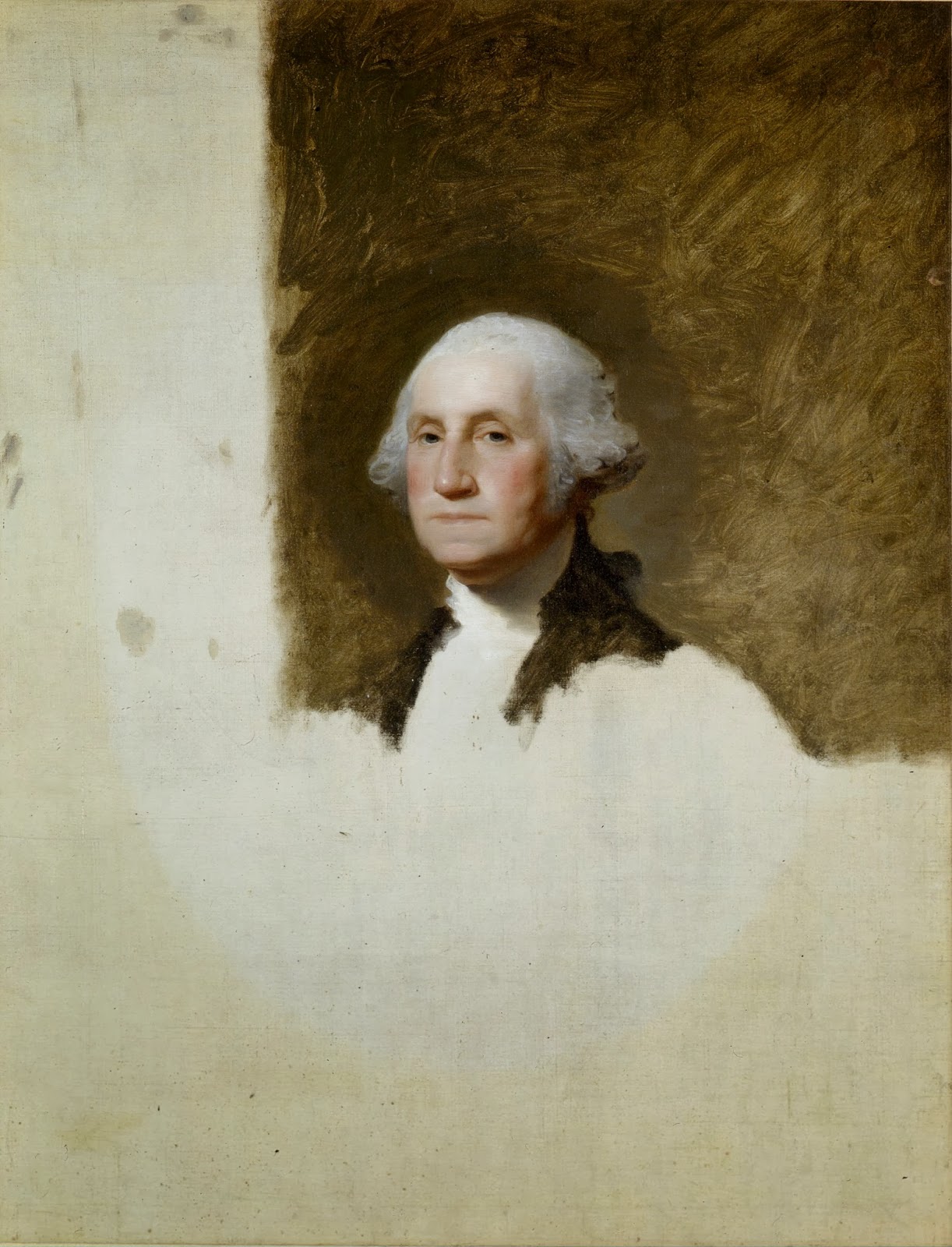
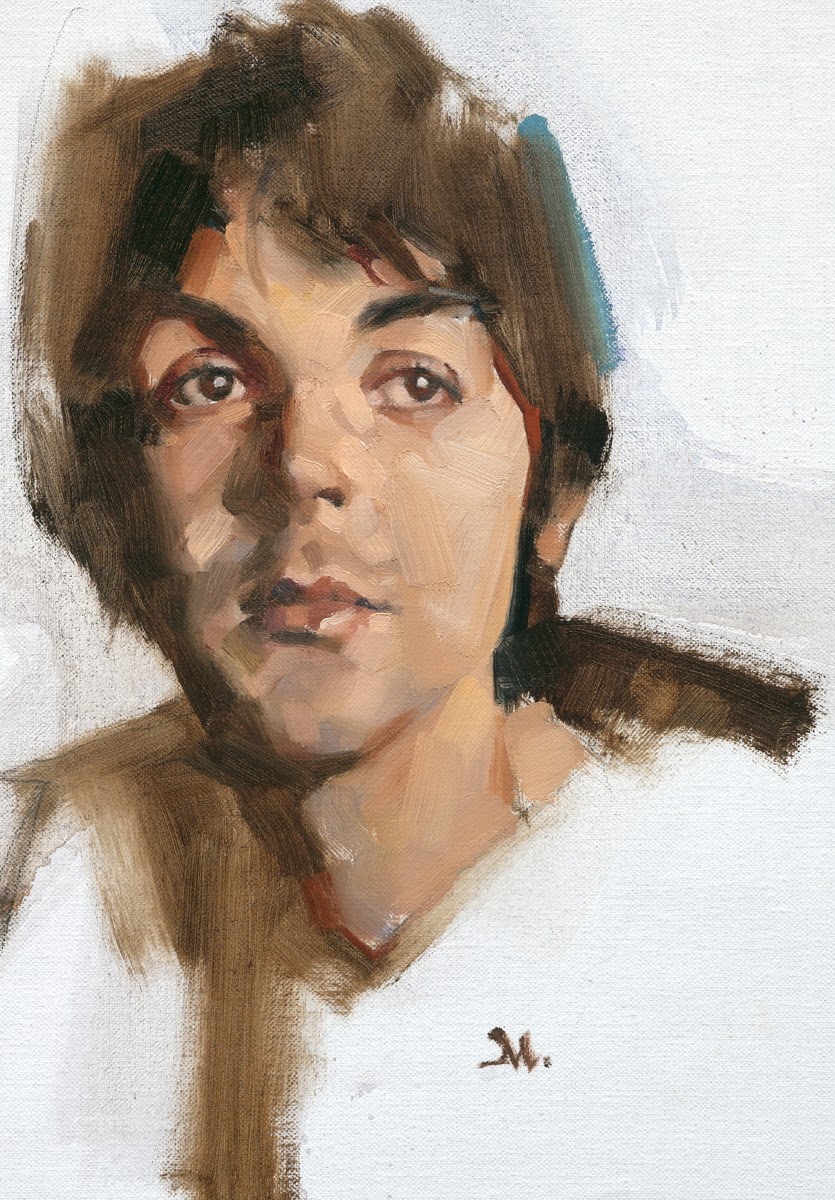
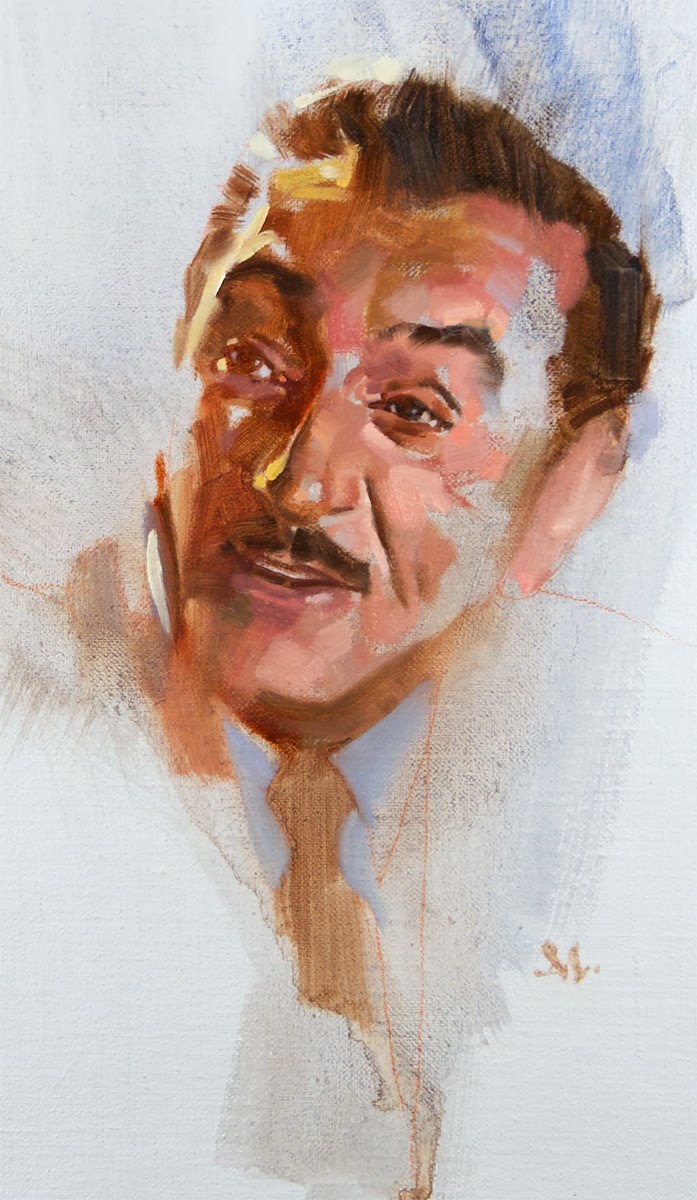
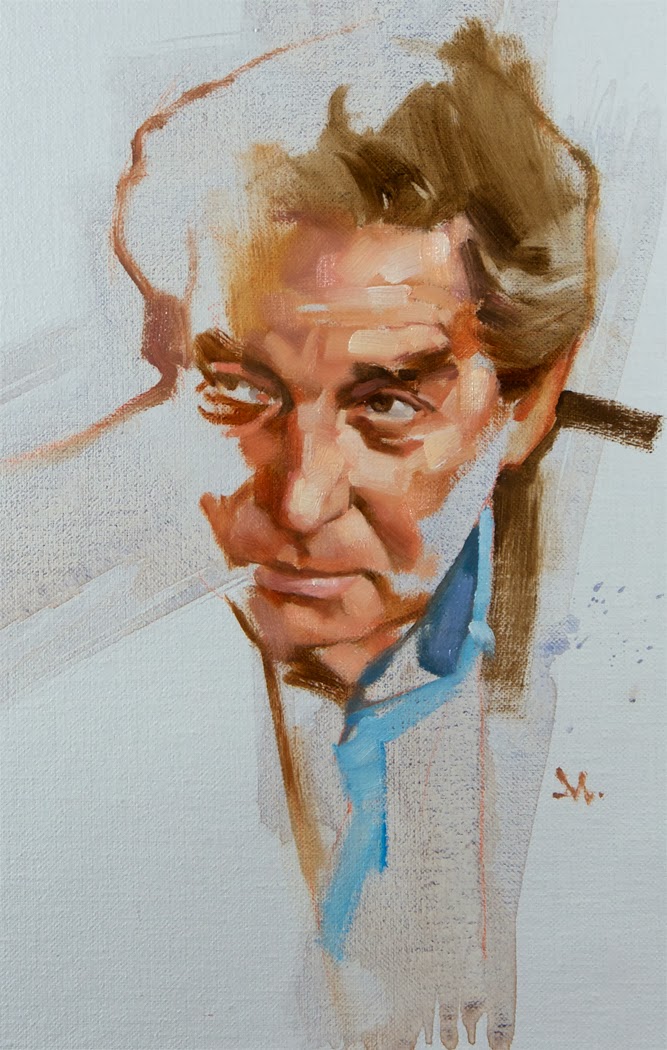
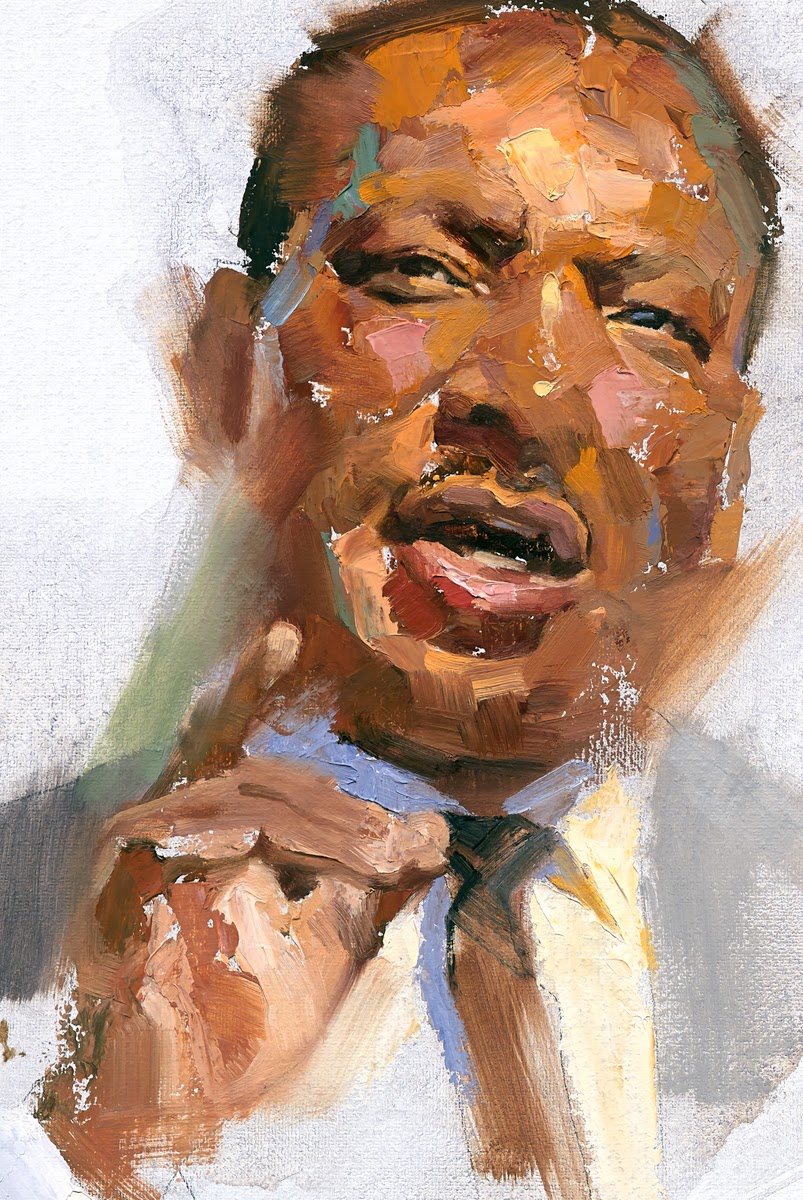
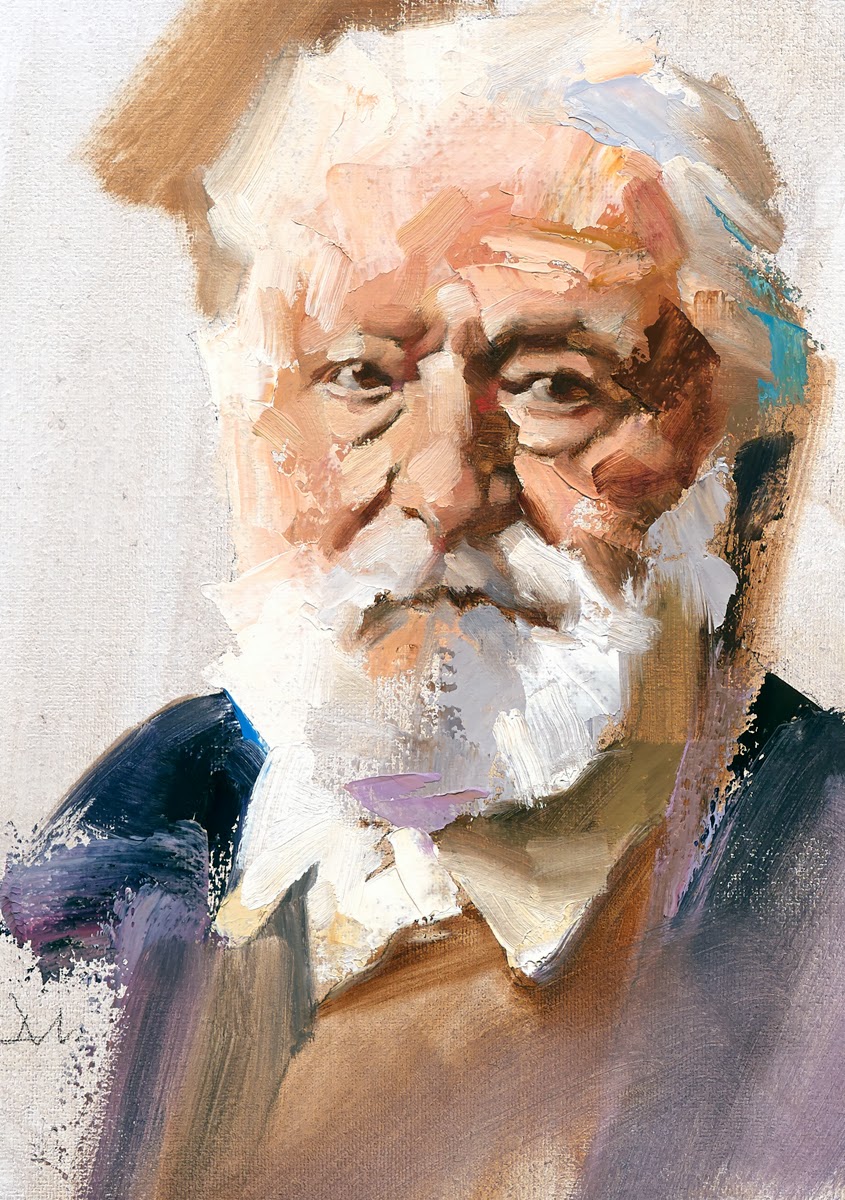
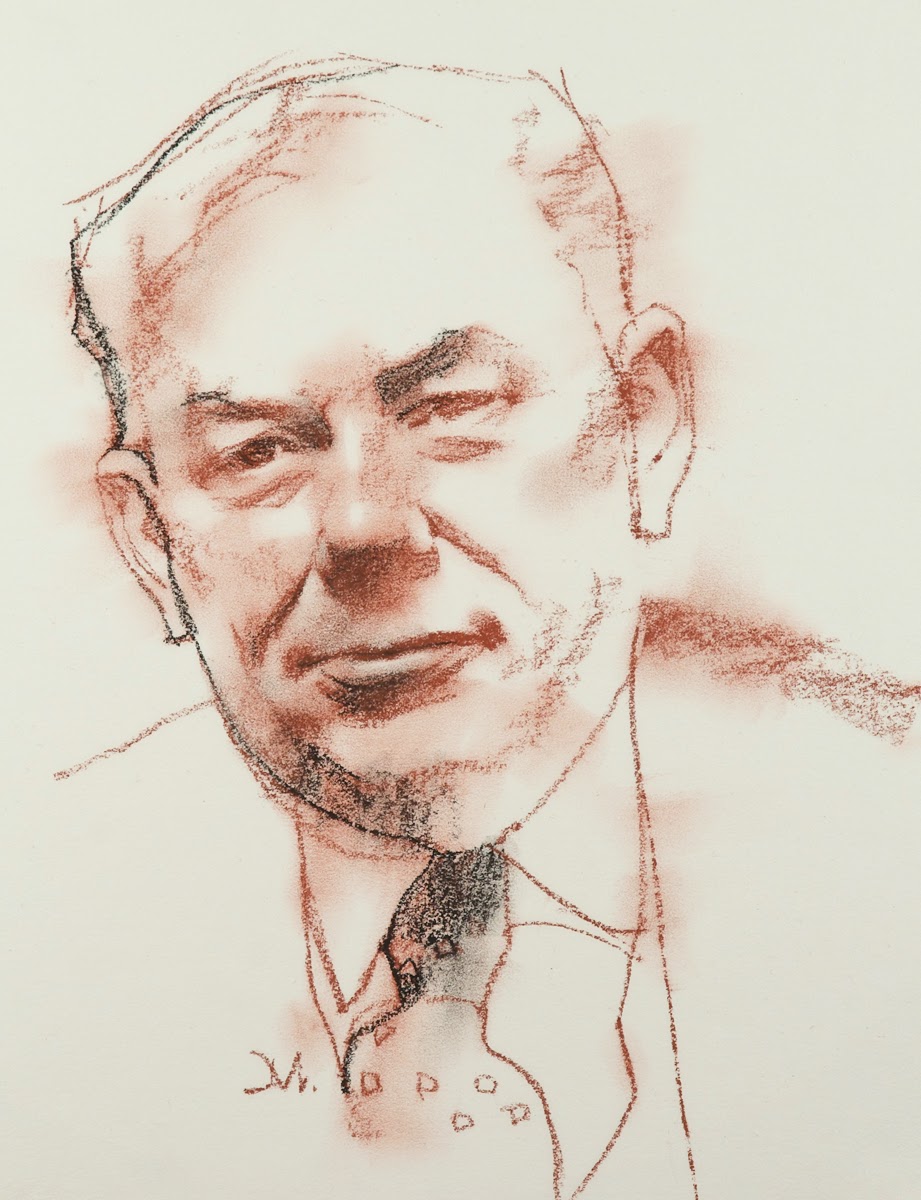
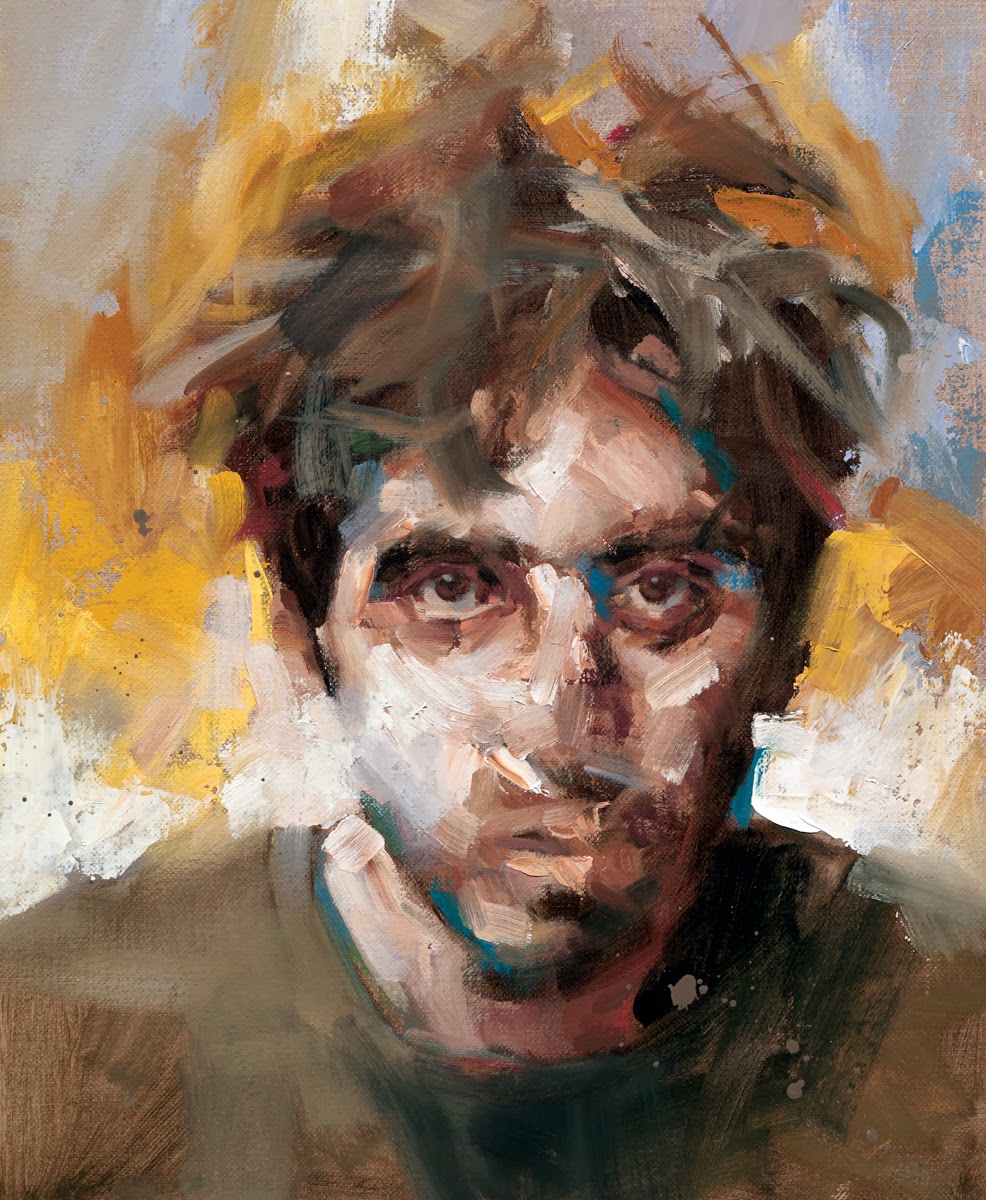
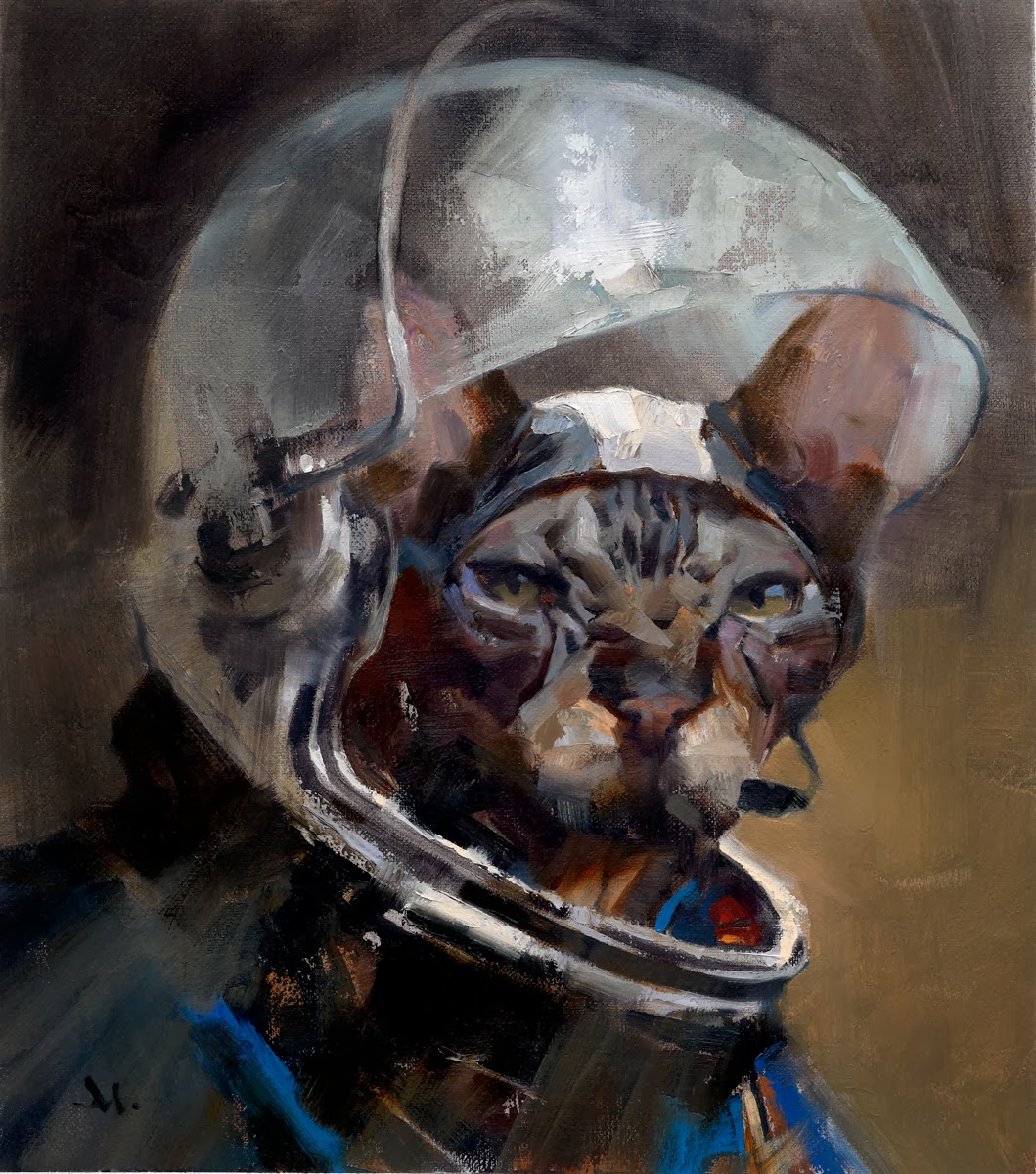

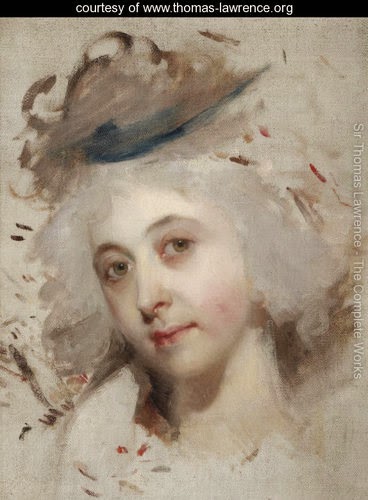
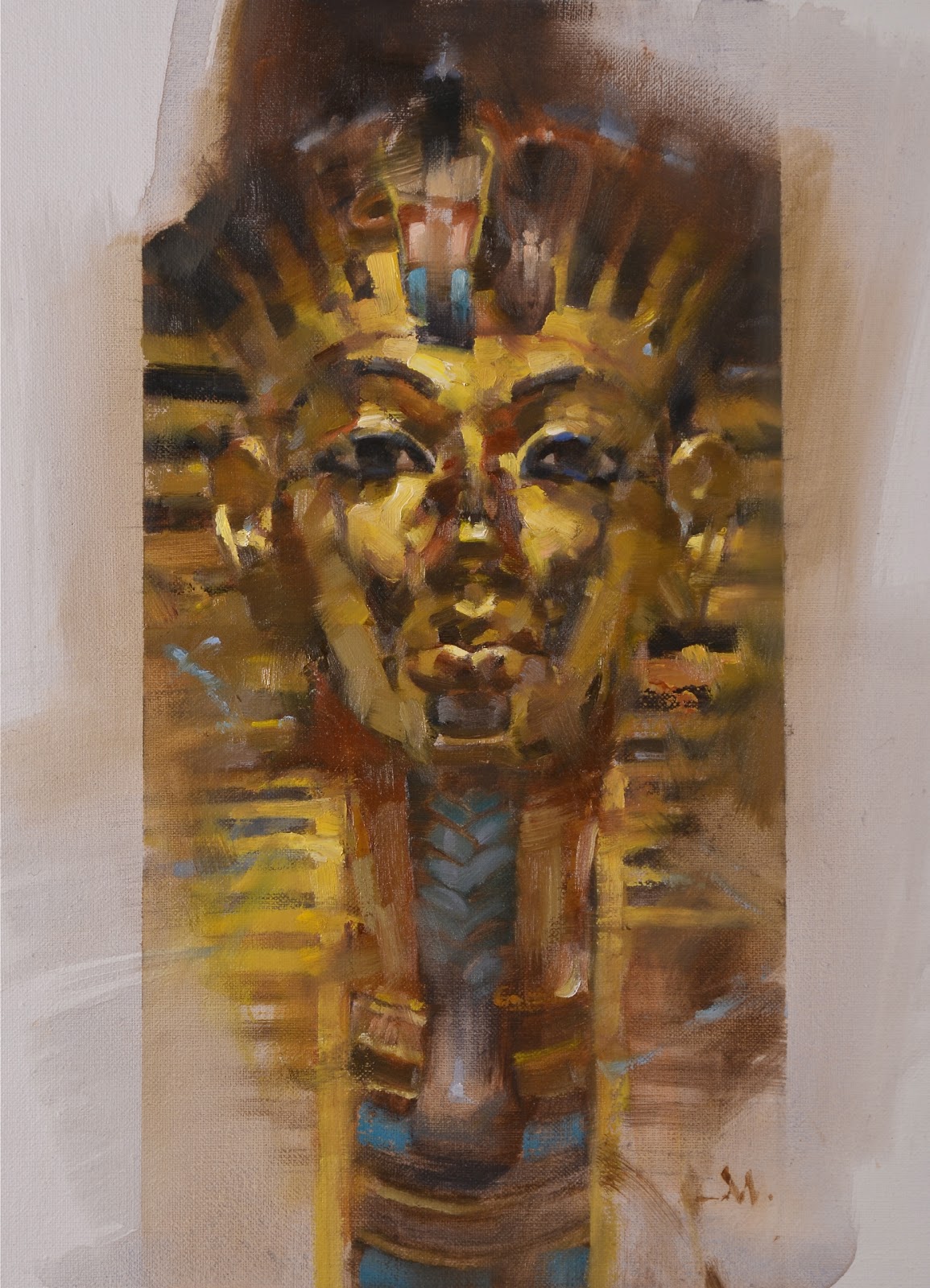
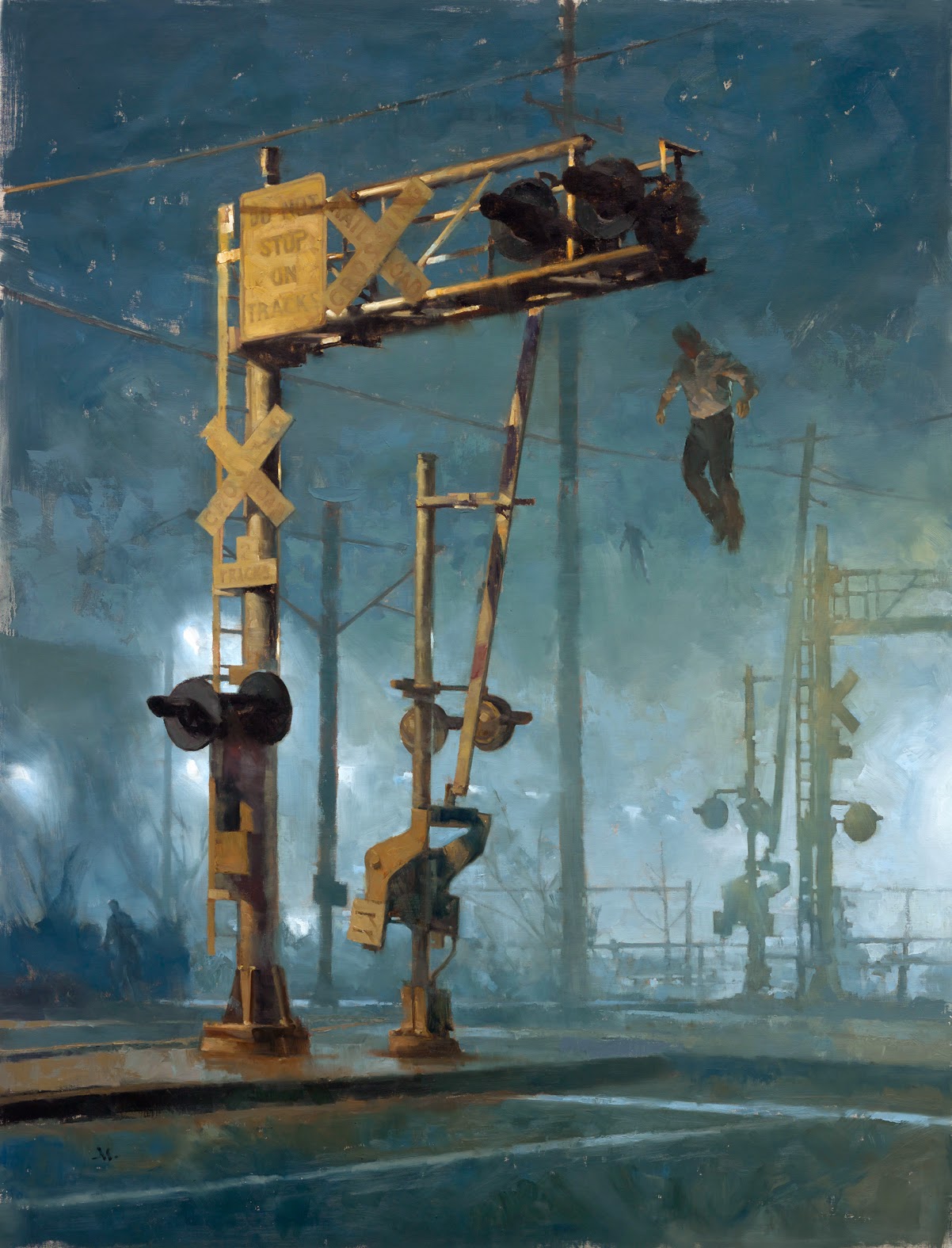


Excellent post, Greg.
“But you don’t have to paint detail like Andrew Wyeth to get your point across. That was how he liked to paint. How do you like to paint?” I love this. Thanks Greg, awesome post as usual!
Great post! Do you ever get other people telling you they don't think your work is finished? Do you just have to ignore that if you've fulfilled your own goals, or let that affect when you decide to leave it?
James Gardner
practice watercolor
Sometimes a client might say they need some more information, or more detail in an area, James. But most times over the years, they've come to me to 'do what I do.' They've seen some painting I've done and want me to repeat that for them. But that's about it.
Of course, that's the classic illustration approach, right? Only paint what you want to get work doing. Took me 11 years to learn that simple thought.
Clients buy what they can see. They can only visualize it if you've done it already. They can stretch from there, but they have to get a feeling of it first.
I used to think that AD's must not be sharp enough to “see my potential.” But I was defensive and dense about that. They are people like we are. Once I got a grip on the aspect of how to show a client, or more specifically, an AD what I wanted to do for them, that also reflected what they BUY, my career changed for the better….immediately.
Duuuh. : )
Hmmm….sounds like the potential for another '10 Things' post……
A “finished” painting seems to be a moving target. Frazetta frequently changed his finished pictures years later, when they no longer looked finished to him. The painter Constable used to take his paint and brushes with him to the exhibition hall where his “finished” paintings would be hanging next to the work of his rivals, and make last minute alterations so that his work would stand out against the work of other painters that were squeezed above, below, to the left and to the right of him.
Maybe the painting isn't truly finished until the painter is truly finished?
Just outstanding!
Good ones, David! Most of this post is for students starting out and have trouble recognizing when they should stop adding to a piece or an't recognize that there's more to be added. But as you clearly described, there's really no painting that can't be worked on. I suspect even Da Vinci would have agreed, after decades of working on the Mona Lisa.
Some of the post might help painters, too, who are down the road a bit in skill, and just need to remind themselves.
'Truly finished.' Ultimately, like I said…you're done when you're dead! LOL!
Can I second that? Wait…ADs are PEOPLE?!
no way…
Greg, love your comment about “information”. Concept art taught me a very valuable lesson. To be a really efficient and productive concept artist – you have to perfect the concept of “the least amount of marks for the maximum amount of information.” I think this same thinking is vital for the artist that doesn't want to full render every detail to death. Learning when is enough information will help you learn to identify when it is “finished”.
Great post, and thanks for sharing!
Thank you Greg this is very helpful…along with the other 10 things topics.
Thanks Greg, it is a question every artist has to figure out and yes, too many “instructors” dismiss that very important question as silly. Learning when to quit before you ” kill ” a painting is an experience skill not easily explained. You defined it very well .
Great post, and great help, even in comics I have the same probem, when a panel or a page is really finished? You answered perfectly with ” If the story isn’t there, even the enigmatic questions, then you’re not finished.”. Thanks
it's fascinating how captivating the rough and unfinished work can be. I'm always over working things and find it difficult to stop. Great advice and inspiration, thank you.
lies.
Great post Greg. I often think artists(and I have done this myself) over-finish things. Lots of times it can be clients that want a “finished” look or, even someone seeing it in some Sci Fi con artshow does not “get” why that face is half done, “Is this a Work in Progress”. And right on about picking the DAY to finish it. That's it. Do or die it's DONE. End of story. Move on!!!!
Well said! Awesome advice. I'd wish I had this advice back when I first started painting.
I swore the oath!
Thank you Greg for another helpful post. A picture is done when you've said what you want to say with it. The more you leave out the stronger that statement is.